

- RFQ
- BOM
-
Contact Us
Tel: +86-0755-83501315
Email: sales@sic-components.com
- Chinese
- English
- French
- German
- Portuguese
- Spanish
- Russian
- Japanese
- Korean
- Arabic
- Irish
- Greek
- Turkish
- Italian
- Danish
- Romanian
- Indonesian
- Czech
- Afrikaans
- Swedish
- Polish
- Basque
- Catalan
- Esperanto
- Hindi
- Lao
- Albanian
- Amharic
- Armenian
- Azerbaijani
- Belarusian
- Bengali
- Bosnian
- Bulgarian
- Cebuano
- Chichewa
- Corsican
- Croatian
- Dutch
- Estonian
- Filipino
- Finnish
- Frisian
- Galician
- Georgian
- Gujarati
- Haitian
- Hausa
- Hawaiian
- Hebrew
- Hmong
- Hungarian
- Icelandic
- Igbo
- Javanese
- Kannada
- Kazakh
- Khmer
- Kurdish
- Kyrgyz
- Latin
- Latvian
- Lithuanian
- Luxembou..
- Macedonian
- Malagasy
- Malay
- Malayalam
- Maltese
- Maori
- Marathi
- Mongolian
- Burmese
- Nepali
- Norwegian
- Pashto
- Persian
- Punjabi
- Serbian
- Sesotho
- Sinhala
- Slovak
- Slovenian
- Somali
- Samoan
- Scots Gaelic
- Shona
- Sindhi
- Sundanese
- Swahili
- Tajik
- Tamil
- Telugu
- Thai
- Ukrainian
- Urdu
- Uzbek
- Vietnamese
- Welsh
- Xhosa
- Yiddish
- Yoruba
- Zulu
- Kinyarwanda
- Tatar
- Oriya
- Turkmen
- Uyghur
Top 10 Most Popular ICs in Today Electronics
In the fast-paced and ever-evolving world of modern electronics, Integrated Circuits (ICs) serve as the cornerstone of innovation and functionality. These tiny yet incredibly powerful components, composed of intricate networks of resistors, capacitors, transistors, and other elements etched onto a semiconductor substrate, have completely transformed the way we live, work, and communicate. From the smallest wearable devices to the most complex supercomputers and industrial systems, ICs are the driving force behind the seamless operation of a wide range of electronic devices. Let's explore the top 10 most popular types of ICs that are shaping today's electronics landscape.
Top 1. Microcontrollers (MCUs)
Microcontrollers are the heart of countless electronic devices. They integrate a Central Processing Unit (CPU), memory (both program and data memory), Input/Output (I/O) interfaces, and often additional peripherals such as timers, Analog-to-Digital Converters (ADCs), and communication interfaces (such as Universal Asynchronous Receiver/Transmitter (UART), Serial Peripheral Interface (SPI), and Inter-Integrated Circuit (I²C)) onto a single chip.
The ARM Cortex-M series is a prime example of highly popular MCUs. They are widely used in various applications, ranging from industrial control systems, where they precisely manage machine operations, to consumer electronics like smart home sensors. Arduino, an open-source electronics platform, also relies heavily on microcontrollers. It enables hobbyists, students, and even professionals to quickly prototype and develop projects. For instance, one can create a simple homemade weather station using an Arduino-compatible microcontroller. This weather station can collect data from temperature, humidity, and barometric pressure sensors and display it on a small LCD screen or send the data wirelessly to a smartphone. The versatility of MCUs, combined with their relatively low cost and high energy efficiency, makes them an ideal choice for a variety of embedded applications.
Top 2. System-on-Chip (SoC)
System-on-Chip takes integration to a whole new level. It combines all the essential components of a complete electronic system, such as a computer or a smartphone, onto a single chip. This includes the CPU, Graphics Processing Unit (GPU) for graphics-intensive tasks, memory (both volatile and non-volatile), various I/O controllers, and often specialized hardware accelerators.
In the smartphone market, Apple's A-series chips are a testament to the power of SoC technology. For example, the A16 Bionic chip powers the latest iPhones. It offers extremely fast performance for multitasking, running resource-intensive applications, and handling complex graphics for gaming and Augmented Reality (AR) experiences. The chip's design is optimized for high energy efficiency, ensuring a long battery life even with heavy usage. On the Android side, Qualcomm's Snapdragon processors are very popular. The Snapdragon 8 Gen series supports features such as 5G connectivity, high-resolution displays with smooth refresh rates, and advanced camera functions, including multiple-camera setups and AI-enhanced photography. These SoCs are not limited to smartphones; they are also used in tablets, smart TVs, and some laptops, providing a compact and powerful solution for a wide range of consumer electronics.
TOp 3. Power Management Integrated Circuits (PMICs)
With the increasing popularity of portable and battery-powered electronic devices, efficient power management has become crucial. Power Management Integrated Circuits are responsible for regulating, distributing, and optimizing the power supply within an electronic device.
Texas Instruments and Analog Devices are leading manufacturers in the field of PMICs. For example, in a smartphone, a PMIC controls the power delivery to different components. When the device is in normal use, the PMIC ensures that the CPU, GPU, display, and wireless modules receive the appropriate amount of power. It also dynamically adjusts the power levels according to the device's activity. For instance, when the screen brightness is reduced or the device goes into standby mode, the PMIC reduces the power consumption of the display and other components, thus extending the battery life. In addition to smartphones, PMICs are also used in laptops, wearable devices like smartwatches and fitness trackers, and various Internet of Things (IoT) devices, where maximizing battery runtime is a key consideration.
Top 4. Memory Integrated Circuits
Memory ICs are essential for storing data and programs in electronic devices. There are several types of memory ICs, including Random Access Memory (RAM), Read-Only Memory (ROM), and Flash Memory.
Samsung, Micron, and SK Hynix are major players in the memory market. In desktop and laptop computers, Dynamic Random Access Memory (DRAM) is the primary type of volatile memory used. It allows the computer to quickly access and process data during operation, enabling smooth multitasking and fast application performance. On the other hand, NAND Flash Memory is widely used in Solid State Drives (SSDs). Due to their faster read and write speeds, higher durability, and lower power consumption, SSDs have replaced traditional Hard Disk Drives (HDDs) in many applications. In smartphones, memory ICs store the operating system, installed applications, and user data such as photos, videos, and documents. With the continuous advancement of memory technology and the development of memory chips with higher density and faster access speeds, devices are able to handle more complex applications and store larger amounts of data.
Top 5. Sensor Integrated Circuits
Sensor ICs enable electronic devices to interact with the physical world by detecting various physical quantities. These can include motion, temperature, light, pressure, humidity, and more.
Bosch Sensortec and STMicroelectronics are well-known for their extensive range of sensor ICs. In smartphones, accelerometers are commonly used sensor ICs. They detect the device's motion and orientation, enabling features such as automatic screen rotation when the phone is tilted. Gyroscopes, another type of sensor IC, are used for more precise motion tracking, which is crucial for applications like Augmented Reality (AR) and Virtual Reality (VR), where accurate orientation sensing is required for a realistic user experience. Temperature sensors are used in smart thermostats to maintain a comfortable indoor temperature. In environmental monitoring systems, sensor ICs can detect air quality parameters such as particulate matter, Volatile Organic Compounds (VOCs), and carbon dioxide levels. The integration of multiple sensor ICs in a single device has led to the development of smart and context-aware electronic products.
Top 6. Display Driver Integrated Circuits
Display Driver ICs act as the interface between the device's processor and the display panel, controlling individual pixels to create an image.
Samsung and Novatek are prominent in the production of display driver ICs. In high-end smartphones with Organic Light Emitting Diode (OLED) or Active Matrix Organic Light Emitting Diode (AMOLED) displays, these ICs play a crucial role in ensuring accurate color reproduction, high contrast ratios, and smooth refresh rates. They are also optimized for power consumption, which is very important for battery-powered devices. In larger displays such as computer monitors and smart TVs, display driver ICs support high-resolution displays, enabling sharp and detailed visuals. For example, in a 4K or 8K smart TV, the display driver IC manages a large number of pixels to provide a vivid and immersive viewing experience. As display technology continues to advance, with the introduction of technologies such as Micro LED and foldable displays, display driver ICs are also evolving to meet the complex requirements of these new display formats.
Top 7. Audio Integrated Circuits
Audio ICs are responsible for handling the audio functions in consumer electronics, including sound input from microphones and sound output to speakers or headphones.
Cirrus Logic and Realtek are renowned for their audio ICs. In smartphones, audio ICs are designed to provide high-quality audio. They incorporate features such as noise cancellation, which significantly improves call quality by reducing background noise. For music playback, audio ICs enhance the sound quality, providing a more immersive listening experience. In home entertainment systems, audio ICs are used in audio amplifiers and surround sound processors. These ICs can process multiple audio channels to create a realistic and immersive audio environment, whether it's for watching a movie with surround sound or listening to high-fidelity music. The development of audio ICs has also led to the emergence of features such as virtual surround sound and spatial audio, further enhancing the audio experience.
Top 8. Connectivity Integrated Circuits
In the era of the Internet of Things (IoT) and seamless wireless communication, Connectivity ICs are essential for enabling devices to communicate with each other and with networks.
Qualcomm and Broadcom are key players in this field. These ICs support a variety of wireless communication technologies, including Wi-Fi, Bluetooth, and Near Field Communication (NFC). In smartphones, Wi-Fi and Bluetooth connectivity ICs allow users to connect to the Internet for browsing, streaming, and downloading, as well as to pair with other devices such as wireless headphones, speakers, and smart home devices. In the IoT ecosystem, connectivity ICs are the backbone of communication. For example, in a smart home, devices such as smart bulbs, door locks, and security cameras use connectivity ICs to communicate with each other and with a central hub. This enables homeowners to remotely control and monitor their home devices through a smartphone app, creating a convenient and integrated home automation system.
Top 9. Graphics Processing Units (GPUs)
Originally developed for high-performance graphics rendering in computers and gaming consoles, GPUs have now entered a wide range of consumer electronics, including smartphones.
NVIDIA and Advanced Micro Devices (AMD) are leading manufacturers of GPUs. In gaming laptops and desktops, GPUs are crucial for providing high-quality graphics in video games. They are designed to handle the complex calculations required for rendering detailed 3D environments, realistic characters, and smooth animations, providing gamers with an immersive visual experience. In smartphones, GPUs enhance the graphics performance for gaming, video playback, and Augmented Reality (AR) and Virtual Reality (VR) applications. They are optimized for parallel processing, which allows them to quickly process large amounts of graphical data. For example, in an AR-based shopping app, the GPU on a smartphone can render 3D models of products in real-time, providing users with a more interactive and engaging shopping experience.
Top 10. Security Integrated Circuits
In the digital age, with the increasing concerns about data privacy and security, Security ICs have become an indispensable part of modern electronics.
Infineon and NXP Semiconductors produce advanced security ICs. In smartphones, these ICs are used for functions such as fingerprint and facial recognition authentication. They ensure that only authorized users can access the device and its data. Security ICs also encrypt user data to protect it from unauthorized access and potential data breaches. In IoT devices, security ICs play a crucial role in protecting the communication between devices. They prevent hackers from intercepting and manipulating data, as well as from gaining control of the IoT system. These ICs use advanced encryption algorithms and secure key storage mechanisms to ensure the integrity and confidentiality of data transmitted and stored in electronic devices.
Integrated Circuits are the lifeblood of modern electronics. Each of the top 10 ICs discussed here plays a unique and critical role in enabling the functionality, performance, and security of the electronic devices we rely on daily. As technology continues to progress at a rapid pace, these ICs will continue to evolve, driving further innovation and enabling the development of even more advanced and sophisticated electronic products.
https://www.sic-components.com/integrated-circuits-ics

Hot Products
View MoreRelated Blogs

2000+
Daily average RFQ Volume

30,000,000
Standard Product Unit

2800+
Worldwide Manufacturers

15,000 m2
In-stock Warehouse



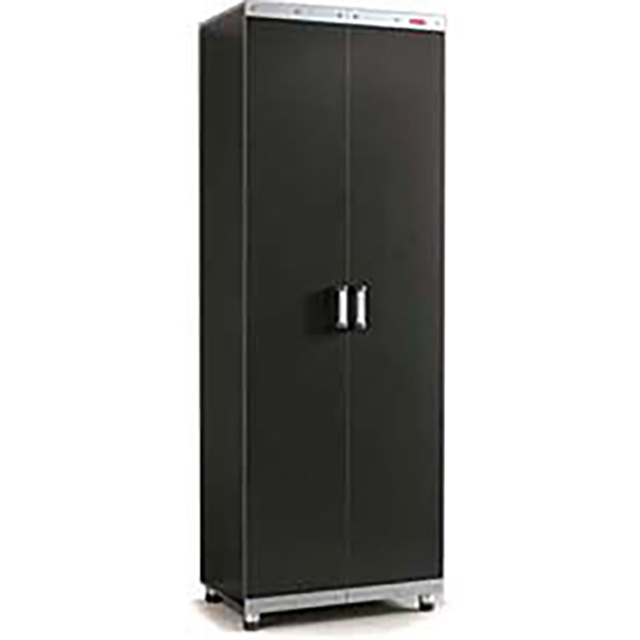
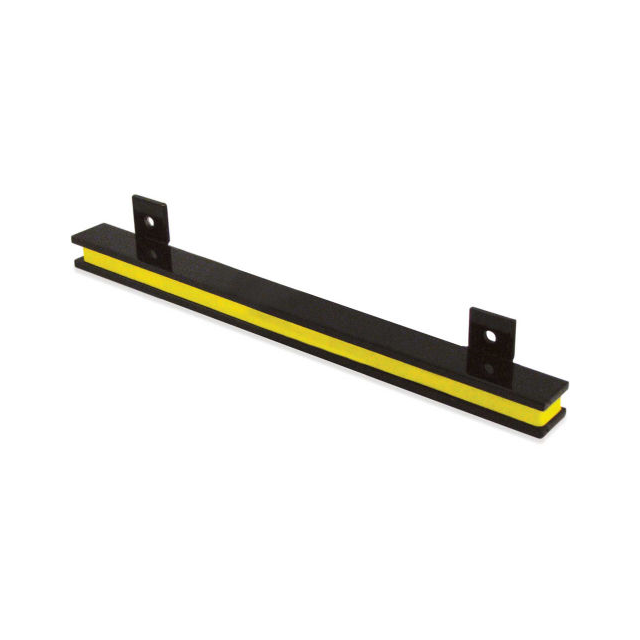




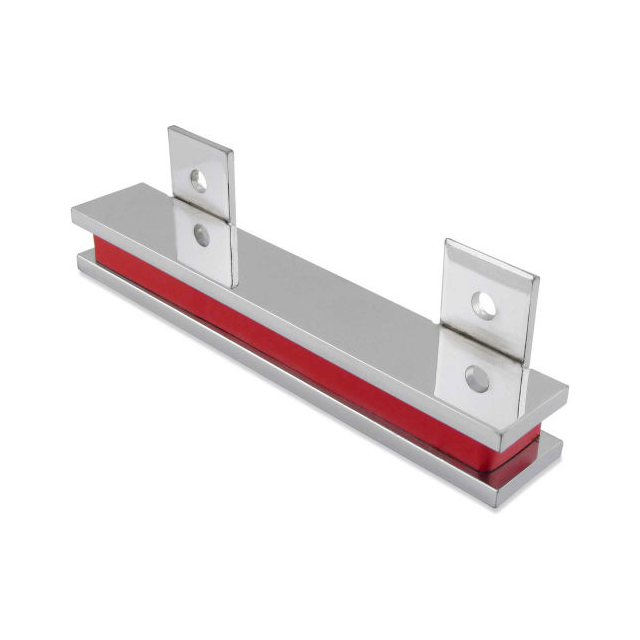
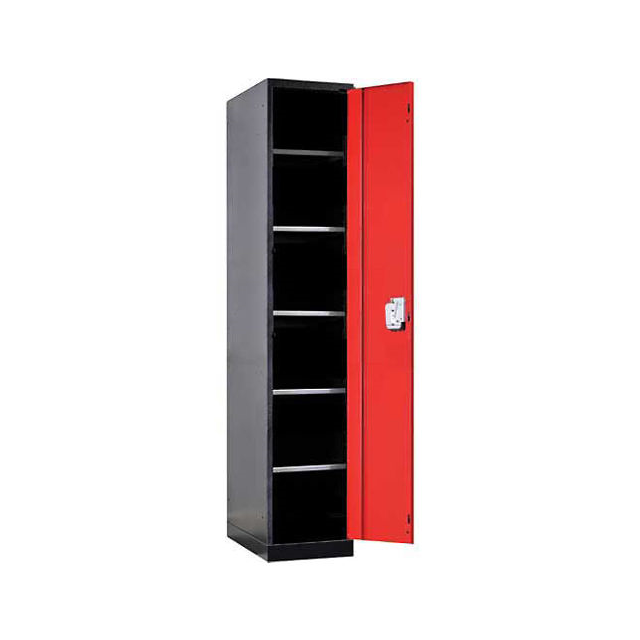

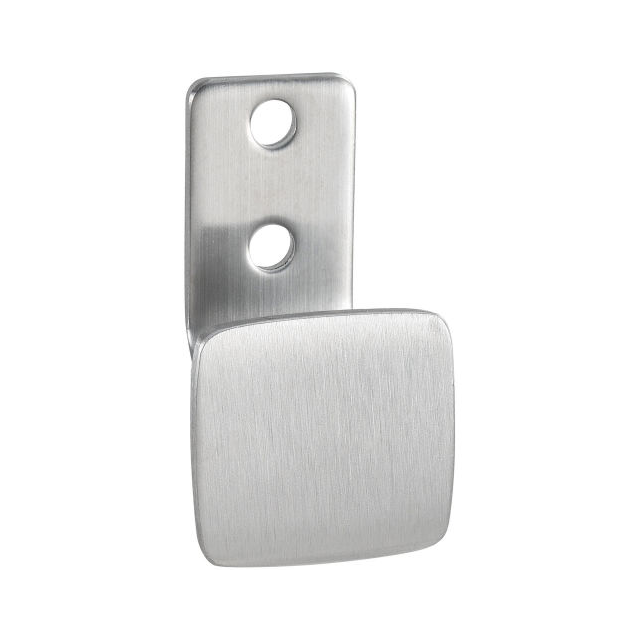
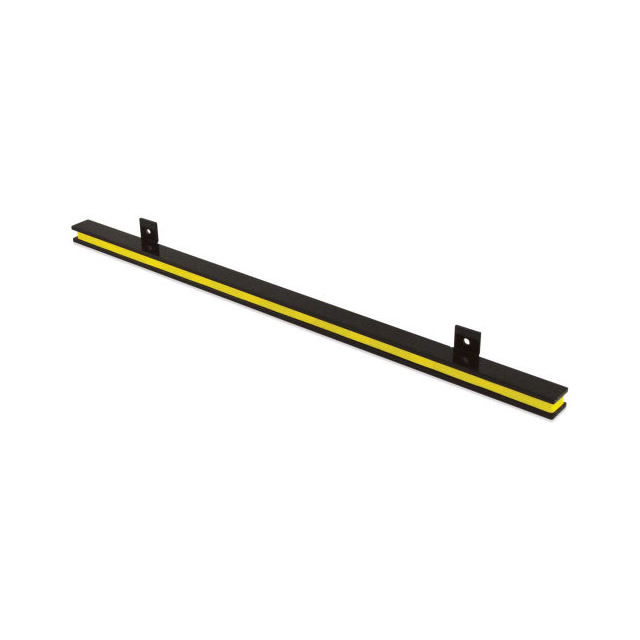


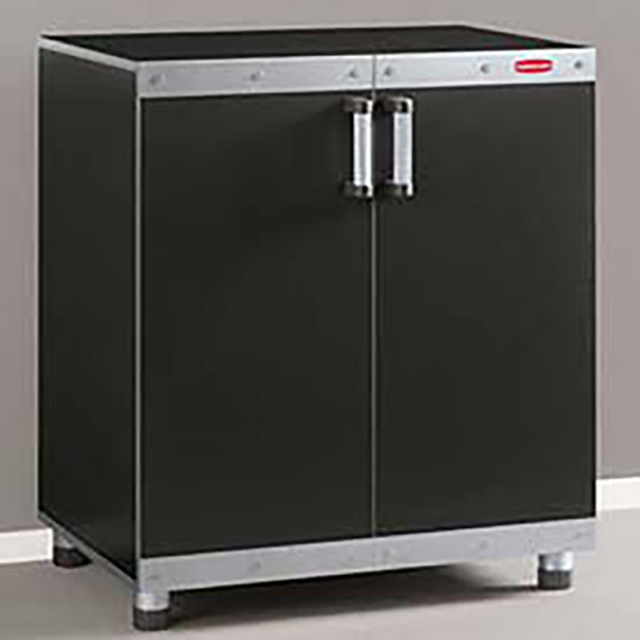
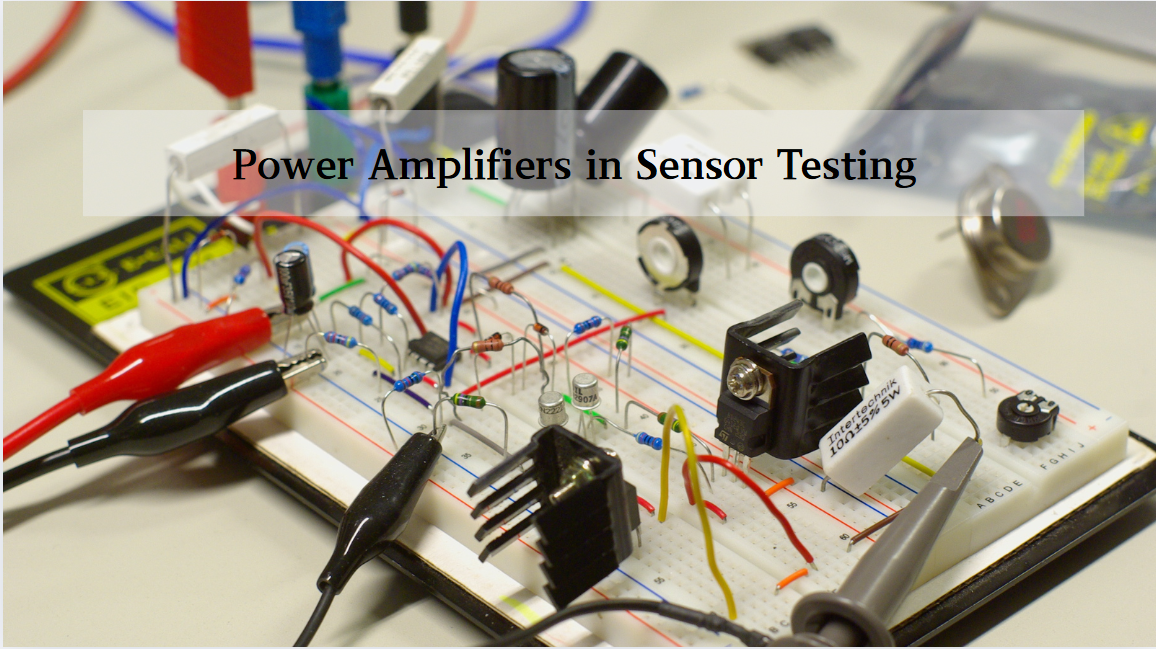
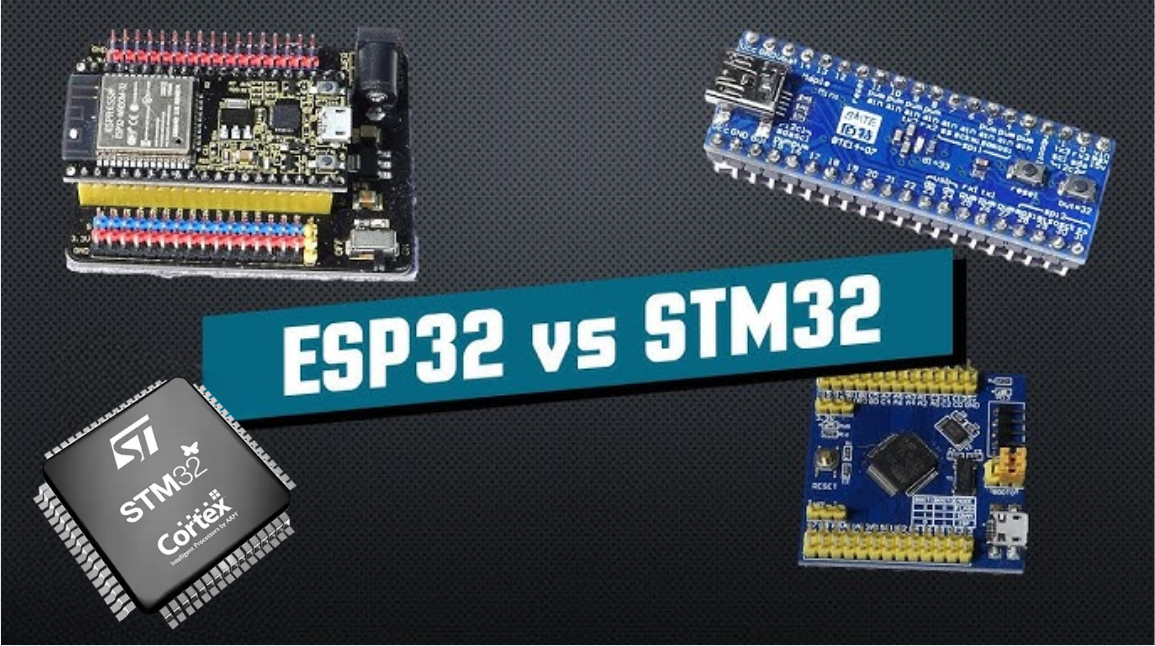
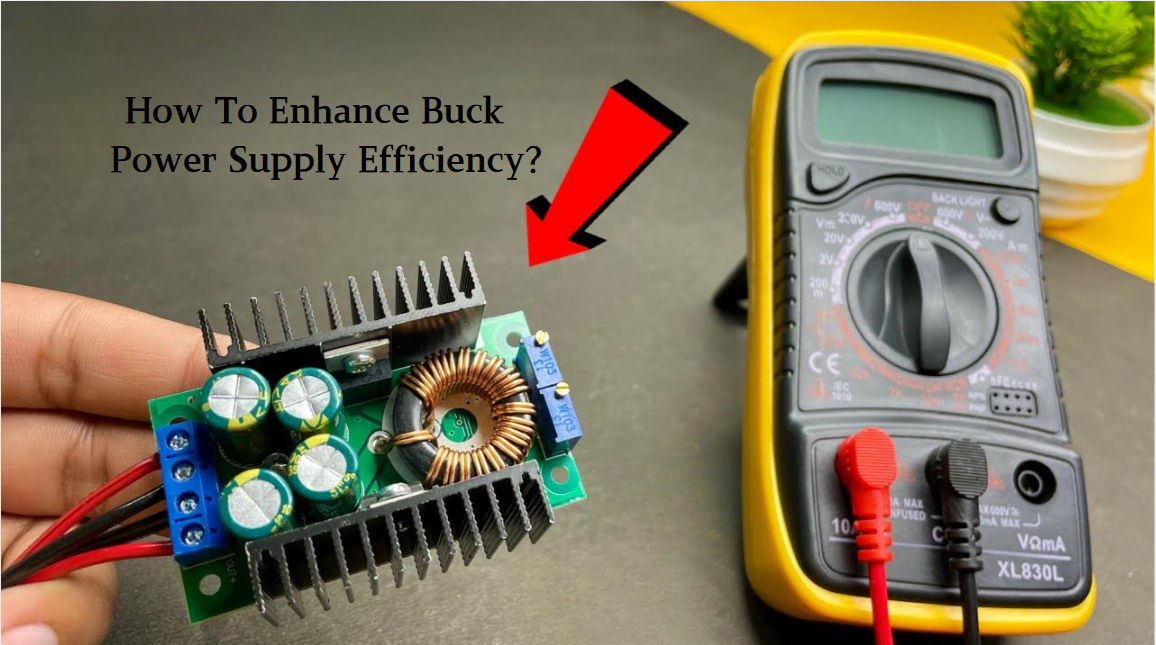






 Wishlist (0 Items)
Wishlist (0 Items) 